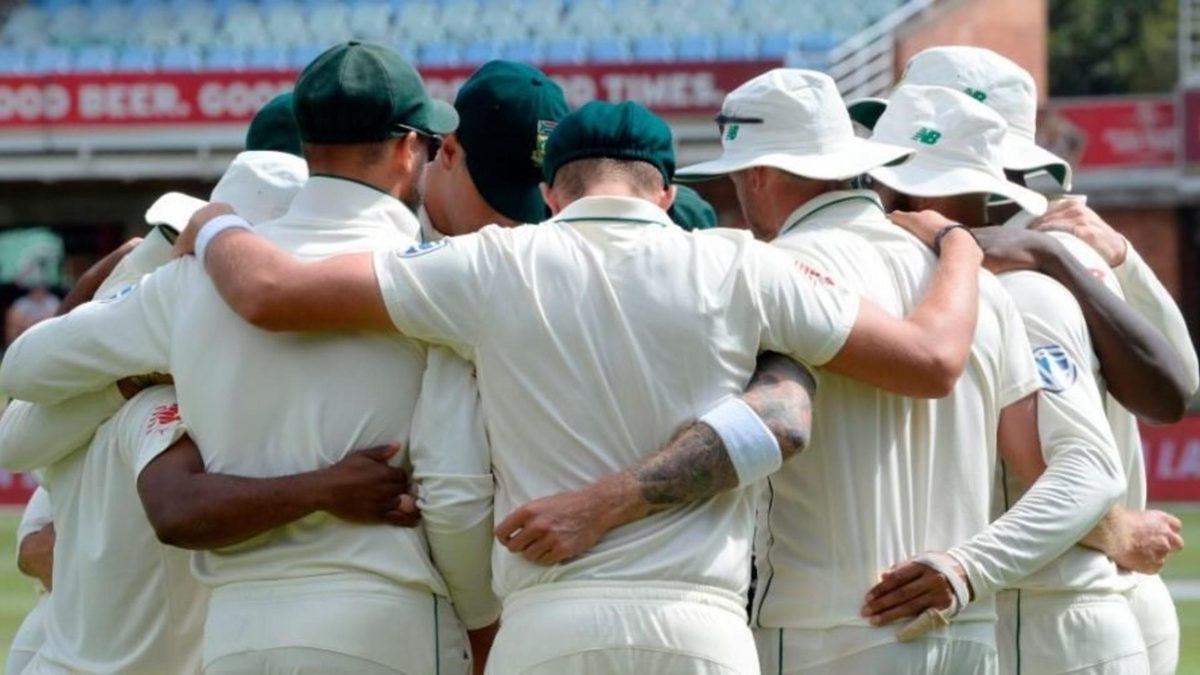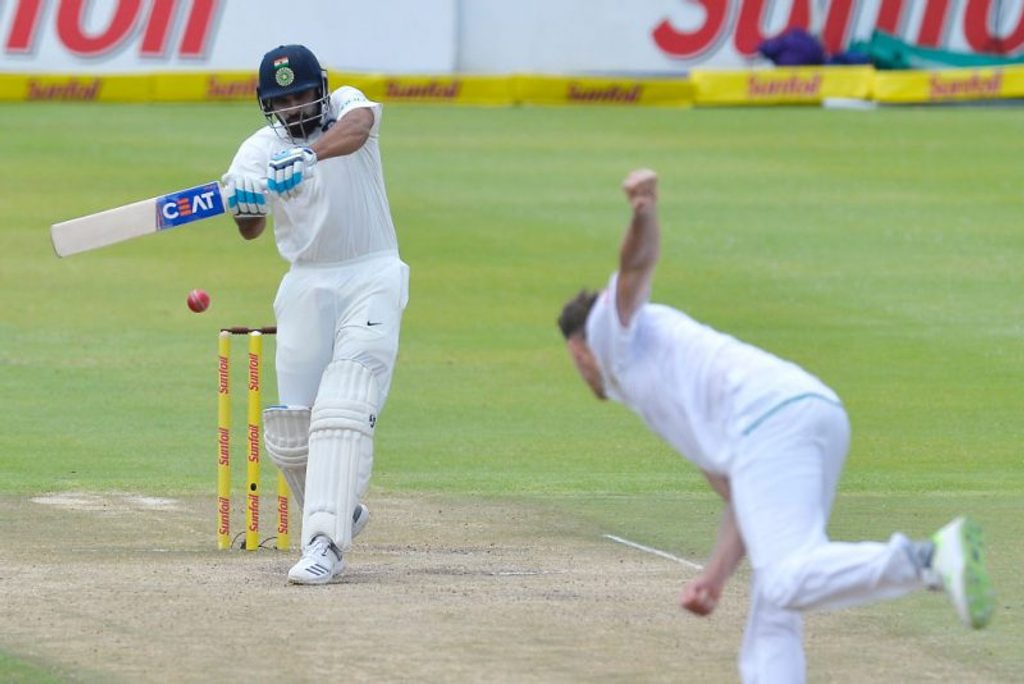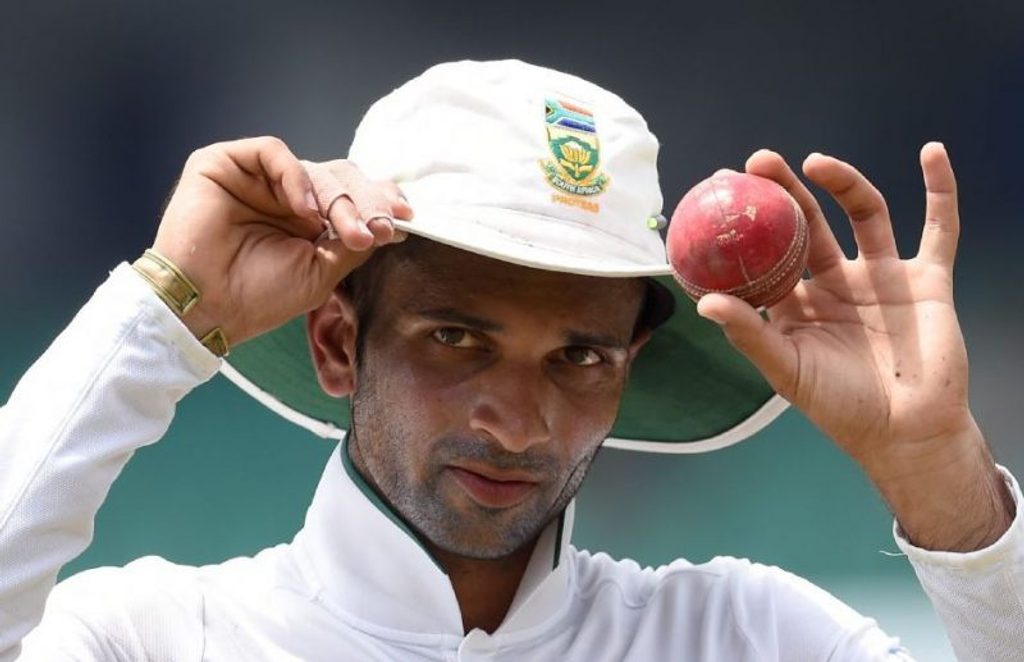
South Africa drew their warm-up game ahead of the three-Test series in India – a game that would have given both sides something to think about.
On the back of a dismal World Cup outing, and transitioning into a new line-up, South Africa are keen to challenge India’s home domination in the Tests, the first of which starts on Wednesday, October 2. Their tour game, against Board President’s XI in Vizianagaram, was clipped from three days to two due to rain, but it still gave the Faf du Plessis-led side a taste of Indian conditions.
The South Africans declared on 279-6, with Aiden Markram, Temba Bavuma and Vernon Philander among the runs. They then kept BPXI to 265-8 in 64 overs. Here’s what we took away from the match.
Skepticism around Rohit, the opener, continues
 Rohit averages below 40 in a stuttering six-year, 27-Test career
Rohit averages below 40 in a stuttering six-year, 27-Test career
Rohit Sharma, opener par excellence in one-dayers, has been tasked to reprise the role in the South Africa Test series, although he has never batted in the top order in in his stop-start red-ball career for India. It has been a divisive move and his performance in the warm-up in that position did little to allay fears.
Named captain for the game, Rohit walked out with Mayank Agarwal to face the new ball, but fell to Vernon Philander for a second-ball duck.
Rohit averages 57 as an ODI opener, and while most of his big one-day knocks follow the same stroke-filled template in the second half, they invariably start with him blunting the new ball and taking his time to settle. It is this trait that Rohit will have to strengthen against the swinging new cherry, where his defensive prowess will be tested.
Markram, Bavuma stand tall for South Africa
 Markram has been South Africa’s most prolific run-scorer since his Test debut
Markram has been South Africa’s most prolific run-scorer since his Test debut
Markram and Bavuma have had contrasting Test careers thus far, but both walk into the India series with the shared expectations of stepping up to the spin challenge. Having spent considerable time honing their skills in the specialised spin camp last month, the duo also got substantial runs under their belt in the lead up to the series.
Markram, in particular, will be expected to stand strong at the top, having scored two hundreds on Indian soil within a week, the latest being 100 against the Board President’s XI before retiring out. Bavuma, at No.5, also constructed a solid, unbeaten 87. In a way, the two innings typified their playing styles: Markram, free flowing, used his feet against the spinners with aplomb to score at a breezy strike-rate of 84, while Bavuma dug in, doughty and tenacious, holding the middle order with solid defensive play, after a mini top-order collapse.
South Africa will draw confidence from their form.
Maharaj – Proteas’ answer to India’s spin army?
 A lot will depend for South Africa on how Maharaj responds against India’s established batters
A lot will depend for South Africa on how Maharaj responds against India’s established batters
A lot has been said about how South Africa will be challenged by spin. The domination of the Indian spinners on South Africa’s 2015 tour, where they snared 61 of the 69 wickets to fall, has been well documented.
For Keshav Maharaj, it is an opportunity to cut his own piece of the cake. It will be his second tour of the subcontinent, after the 2018 tour of Sri Lanka, where he claimed his best Test innings figures of 9-129.
In the practice game that ended on Saturday, Maharaj was South Africa’s standout performer with the ball. He first picked up Agarwal, India’s regular Test opener, and followed it with the wicket of Karun Nair, currently scoring heavily in domestic cricket. He returned to dismiss top scorer S Bharat on 71, highlighting his ability to prise out wickets when others fail to break through.
Ravi Shastri, in a recent interview, had stated that pitches in the series will be prepared such that they play to India’s strengths. On slow surfaces, Maharaj’s nagging lines and marginally turning deliveries could provide South Africa’s attack the edge it needs.








